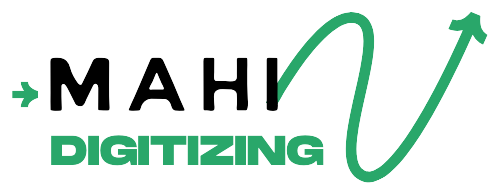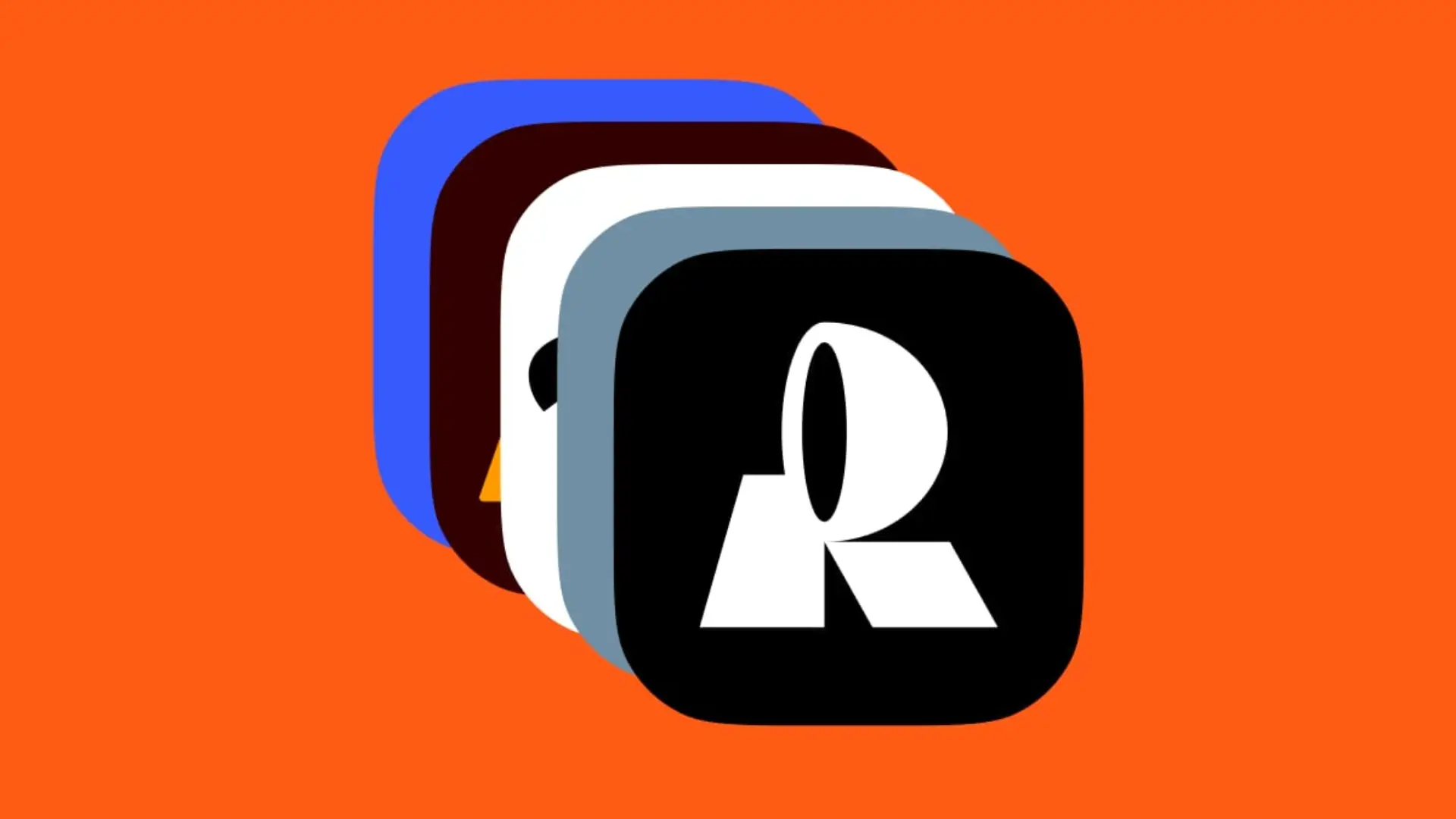Artificial Intelligence (AI) is revolutionizing the way images are converted into vector formats. With improved automation, precision, and efficiency, AI-powered tools are making vectorization faster and more accessible. In this article, we explore how AI is transforming image-to-vector conversion and its impact on the design industry.
The Power of AI in Automated Vectorization
Traditional vector conversion required manual tracing, which was time-consuming and required skilled professionals. AI-driven vectorization automates this process by analyzing pixel-based images and converting them into scalable vector graphics with high precision.
AI algorithms use machine learning to detect edges, recognize shapes, and differentiate between colors, making the vectorization process faster and more accurate. This allows designers to focus more on creativity rather than tedious manual work.
Businesses seeking **efficient and precise vectorization** can leverage Mahi Digitizing’s AI-assisted vector conversion services to streamline their workflow.
How AI Improves Precision in Vector Graphics
One of AI’s biggest advantages in vector conversion is **precision**. AI-powered tools eliminate human errors by maintaining accurate line tracing and minimizing distortions in complex designs. This is especially useful for intricate logos, illustrations, and artwork.
AI models can adjust line thickness, curve smoothness, and anchor points based on image quality. This results in **cleaner, scalable vector graphics** that retain sharpness at any resolution, making them ideal for print and digital use.
Professionals looking for **high-precision vector conversion** can explore AI-based tools like Adobe Illustrator or opt for expert assistance from Mahi Digitizing.
Speed and Efficiency in AI Vectorization
AI-powered vectorization dramatically reduces the time required to convert images into vector formats. What used to take hours through manual tracing can now be completed in minutes, allowing businesses to handle high-volume projects with ease.
The efficiency of AI-based vector conversion is crucial for **industries such as branding, printing, and apparel manufacturing**, where quick turnaround times are essential. AI ensures **consistency across multiple designs**, eliminating variations caused by manual tracing.
Companies can integrate **AI-powered vectorization into their workflow** by using platforms like Vectorizer.AI or consulting Mahi Digitizing for bulk processing.
AI’s Role in Customizing Vector Art
AI doesn’t just automate vectorization—it also enhances **customization options**. Advanced AI tools allow users to **edit, modify, and personalize vectorized images** effortlessly, making it easier to adapt designs for branding, embroidery, and digital applications.
Features like **automatic color separation, pattern recognition, and shape manipulation** make AI-powered tools highly flexible. This makes AI a valuable asset for **fashion designers, marketing agencies, and custom apparel businesses**.
To explore AI-driven **custom vector designs**, professionals can check out **advanced design tools** like CorelDRAW or consult Mahi Digitizing for expert services.

